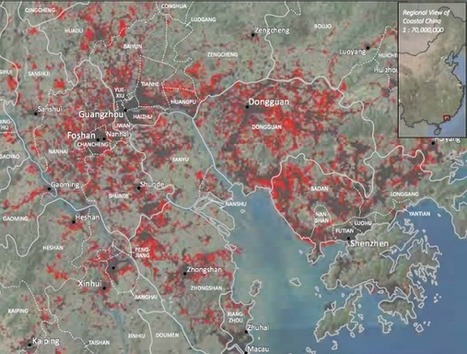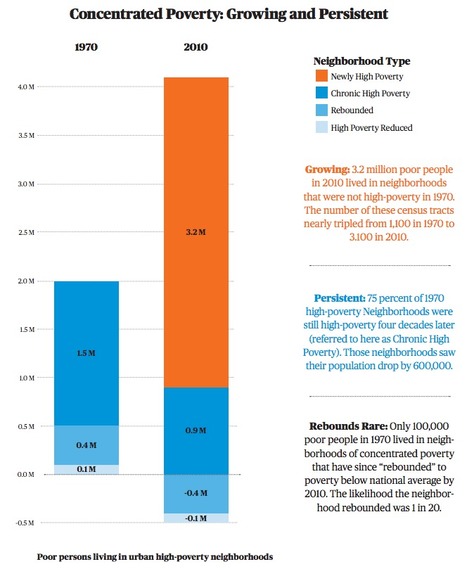Several hundred million more people are expected to move to cities in East Asia over the next 20 years as economies shift from agriculture to manufacturing and services, according to a World Bank report
Research and publish the best content.
Get Started for FREE
Sign up with Facebook Sign up with X
I don't have a Facebook or a X account
Already have an account: Login
Impact of the internet age on human culture and K-20 education policy/administration
Curated by
Jim Lerman
 Your new post is loading... Your new post is loading...
 Your new post is loading... Your new post is loading...
|
|













APHG- HW Option 7
Pearl river delta
Cities in this region have experienced spectacular growth; they are at the heart of China's manufacturing and exporting boom. For example, Shenzen was a small city with about 10,000 residents in 1980 but is now a megacity with over 10 million people. China's SEZs (Special Economic Zones). Cities that were once separate entities have coalesced into a large conurbation and if they are counted as one, it's now the largest metropolitan area. Cities like London and New York become global cities over hundreds of years--this happened in one generation. Click here for 5 infographics showing East Asia's massive urban growth.
Tags: APHG, urban, industry, manufacturing, economic, unit 7 cities, megacities, China, East Asia.